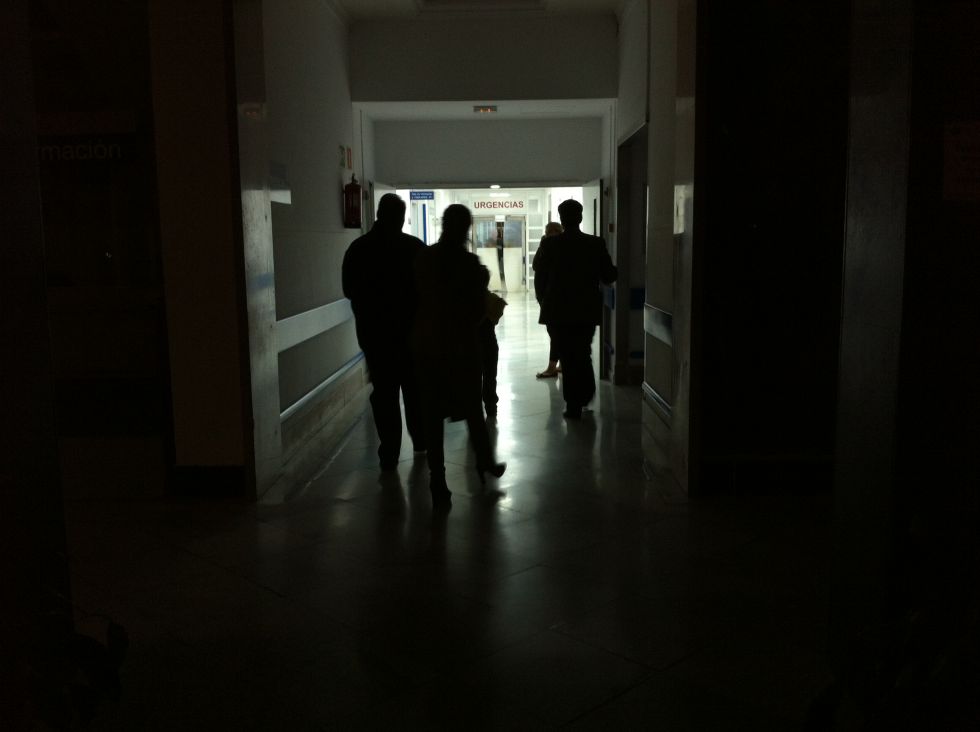In traditional backup datacenters, the infrastructure should be equal or very similar, so all services could be run in a proper way independently from the site in which are running. When we talk about DRaaS, and manly due to virtualization, the services are offered in an infrastructure-agnostic way, and this allows services to be recovered only coping data between datacenters. Moreover, with the dynamic capacity management feature given by virtualization, service level can be granted in most cases.
From a conceptual perspective, DRaaS has two different options:
- DR of software (SaaS), infrastructure (IaaS) or platform (PaaS) running in the Cloud. The Cloud service provider should offer the DR service and it will be completely transparent to users.
- DR as a solution for IT services running in a corporate datacenter, with cold or hot stand-by.
Is in the second options when DRaaS concept is taken to the extreme, allowing the design of different solutions depending on our infrastructure. For example, since most IT infrastructures are virtualized, a DRaaS can consist on a virtualization server that can host virtual machines conforming the whole service. Carrying out a data replication service could be recovered in an alternative site in seconds.
Advantages of DRaaS are obvious:
- Economic. In the BCM industry, wer ROI are not very cleary and is difficult to justify, economic matters are very important. In the case of DRaaS we have not to make all payment upfront, it can be done with a pay-per-use model, with a mensual fee. This is a great advantage nowadays because hardware cost of ownership has not to be done.
- Simplicity in test. Most efforts in business continuity and IT service continty is dedicated to drill and tests. With a reduction of complexity of this test we will reduce the economic cost and we can dedicate this budget to other important issues.
- Flexibility. Service can be adapted depending on business requirements established to each application. In some industries, which are very dynamics, this issue is very important in order not to have more costs than ingress for a service.
Step by step, housing providers are increasingly using DRaaS as a new product of their portfolios, identifying the diferent options of this kind of service defined above. In Spain there are not too much providers using this terminology, but we can found some examples, as the DRaaS by Ermestel.
In the same way than Cloud services, not all infrastructure can be migrated to DRaaS. It will be dependent on determining factors like specific hardware, information confidentiality, integration with other corporative services or service level required (a lot of times required service levels cannot be offered by providers because of technology conditioning). The most interesting options could be a combination of Cloud solutions with traditional backup solutions in order to take advantage of IT service continuity in a proper and economically way. This is called hybrid Cloud.












